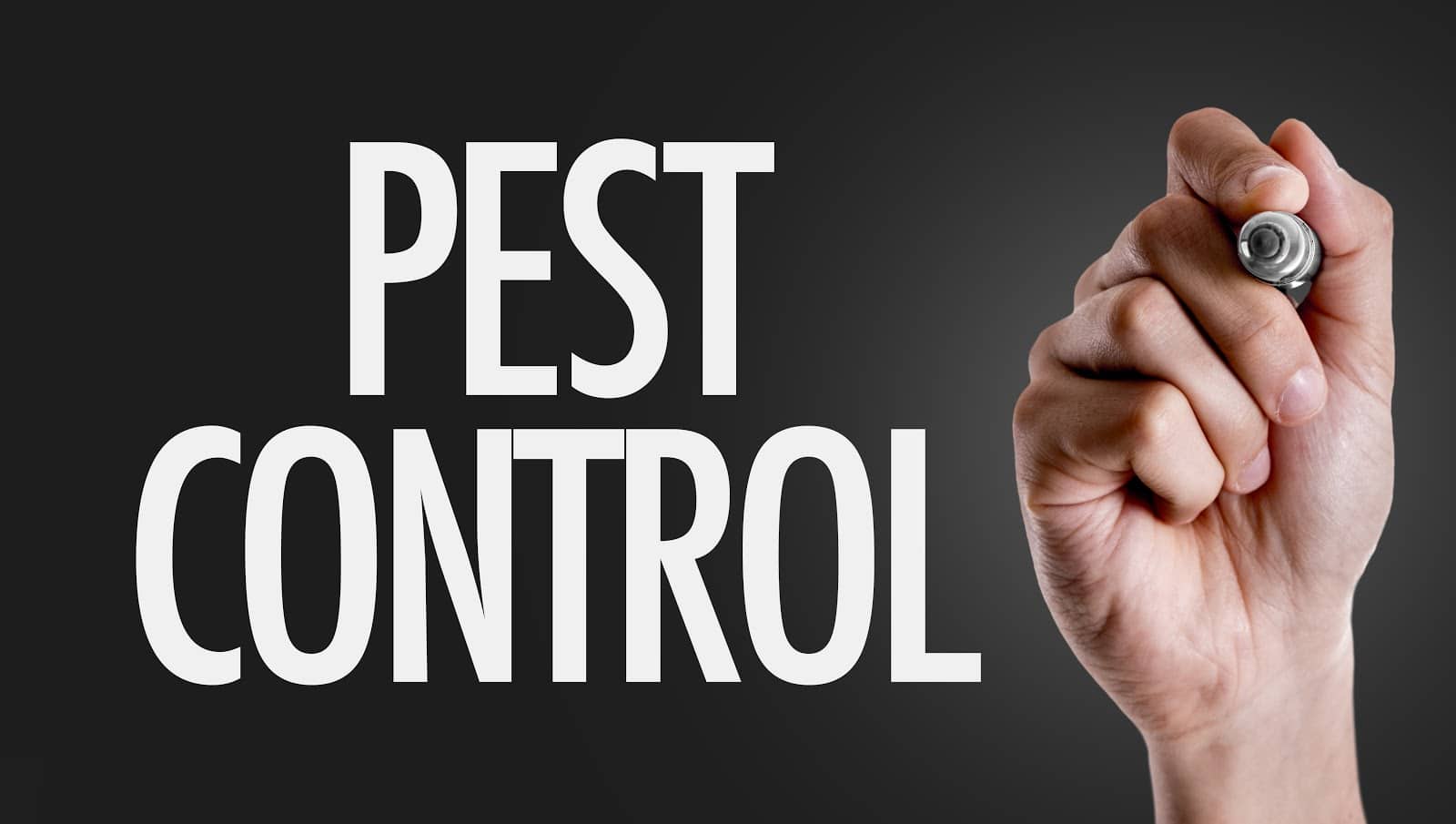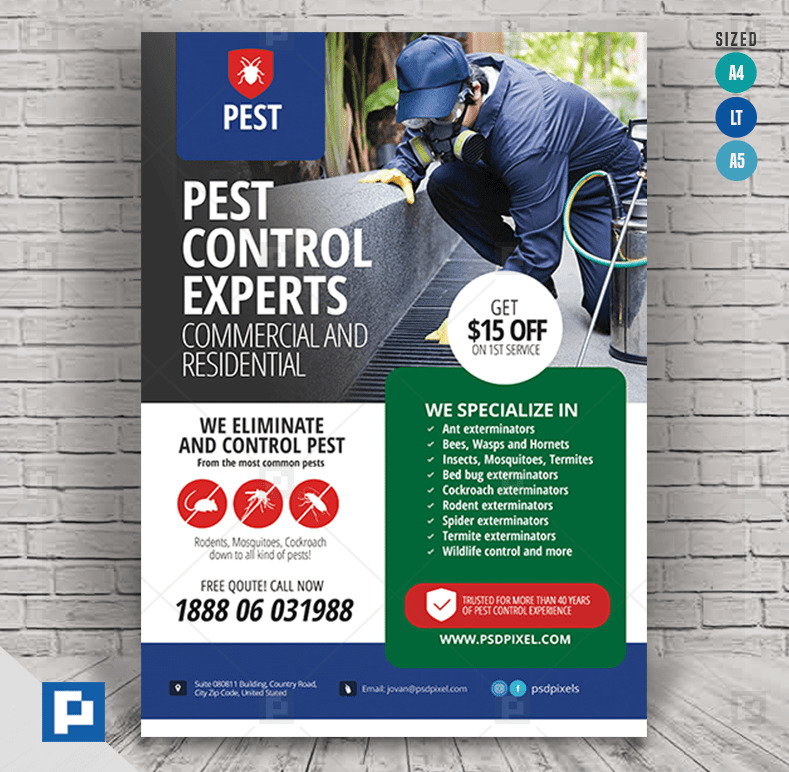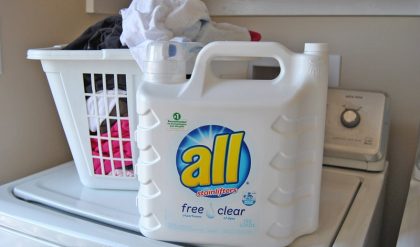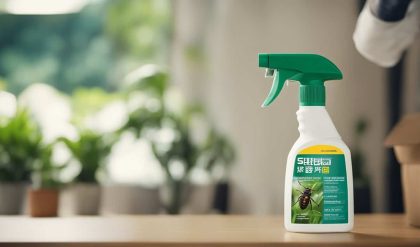
The Ultimate Guide to Pest Control: Protecting Your Home Naturally
Nature provides a surprisingly effective arsenal against unwanted houseguests. Forget harsh chemicals and embrace a holistic approach to pest control that’s safe for your family, pets, and the environment. This guide explores natural methods to deter and eliminate common household pests, transforming your home into a haven free from unwelcome critters.
Understanding the Enemy: Identifying Common Household Pests
Before launching your natural pest control offensive, it’s crucial to identify your adversaries. Knowing the pest allows you to target your efforts effectively. Common culprits include:
- Ants: These industrious insects are drawn to food and water sources.
- Cockroaches: These resilient pests thrive in damp, dark areas.
- Rodents (Mice & Rats): Seeking food, shelter, and warmth, they can cause significant damage.
- Spiders: While many are harmless, some can deliver unpleasant bites.
- Flies: Attracted to decaying organic matter and stagnant water.
| Pest | Primary Attraction | Natural Deterrent |
|---|---|---|
| Ants | Sweet foods, crumbs | Vinegar, peppermint oil |
| Cockroaches | Dampness, food scraps | Borax, diatomaceous earth |
| Rodents | Food, shelter | Peppermint, steel wool |
| Spiders | Insects, dark spaces | Eucalyptus, lemon scent |
| Flies | Decaying matter | Apple cider vinegar trap |
Fortifying Your Fortress: Preventing Pest Invasions
Prevention is always the best defense. By creating an inhospitable environment, you can significantly reduce the likelihood of a pest infestation.
- Seal Entry Points: Caulk cracks and crevices in walls, floors, and around windows and doors.
- Maintain Cleanliness: Regularly clean and disinfect your kitchen and bathroom, paying close attention to spills and crumbs.
- Proper Food Storage: Store food in airtight containers to prevent attracting pests.
- Manage Moisture: Repair leaky pipes and ensure good ventilation to reduce dampness.
- Declutter Regularly: Reduce clutter to minimize hiding places for pests.
Natural Weapons: Effective Pest Control Methods
Once prevention measures are in place, you can deploy a range of natural weapons against existing pests or to reinforce preventative measures.
- Diatomaceous Earth (DE): This powdery substance is deadly to insects, absorbing their body moisture and causing dehydration. Sprinkle it in areas where pests are commonly found. (Use food-grade DE.)
- Essential Oils: Many essential oils act as natural repellents. Peppermint, eucalyptus, tea tree, and lemon oils are particularly effective against ants, spiders, and rodents. Dilute them with water and spray in affected areas.
- Vinegar: The acidity of vinegar disrupts the pheromone trails of ants and can deter other pests. Spray directly on ants or use a vinegar solution to clean surfaces.
- Borax: Borax is a naturally occurring mineral that is toxic to cockroaches and other insects when ingested. Mix it with sugar or other attractants to create bait stations. (Use cautiously around pets and children.)
- Peppermint: The strong aroma of peppermint is highly repellent to many pests, including mice and ants. Grow peppermint plants near entry points or use peppermint oil.
- Citrus Peels: The strong scent of citrus peels deters various insects. Place them near entry points or in areas where pests are active.
- Sticky Traps: These traps are effective for monitoring pest populations and catching smaller insects.
Advanced Tactics: Targeted Pest Control
For more persistent infestations, consider these advanced strategies:
- Homemade Ant Baits: Mix borax with honey or sugar to create a bait that ants will carry back to their colony.
- Apple Cider Vinegar Trap for Flies: Fill a jar with apple cider vinegar, add a drop of dish soap, and cover with plastic wrap, poking small holes for flies to enter.
- Natural Rodent Repellents: Place cotton balls soaked in peppermint oil or eucalyptus oil near potential entry points.
Beyond the Home: A Holistic Approach
Effective pest control extends beyond your home. Consider these measures:
- Maintain a tidy yard: Remove debris, overgrown vegetation, and standing water.
- Keep grass short: This reduces hiding places for rodents and insects.
- Proper composting: Composting can attract pests, so ensure your compost bin is properly managed and away from your home.
By implementing these natural pest control methods, you can create a healthy and pest-free home environment without resorting to harmful chemicals. Remember, patience and persistence are key! A multi-pronged approach combining prevention and targeted treatment is the most effective strategy for long-term pest control.

Additional Information
Deep Dive: The Ultimate Guide to Pest Control: Protecting Your Home Naturally – An Analytical Perspective
The “Ultimate Guide to Pest Control: Protecting Your Home Naturally” (let’s refer to it as “the Guide”) likely covers various non-toxic methods for pest management. To add depth and analytical value, we need to examine its efficacy, limitations, and the broader context of natural pest control.
I. Efficacy and Limitations of Natural Pest Control Methods:
The Guide likely promotes methods such as:
-
Exclusion: Sealing cracks, using screens, and storing food properly. While highly effective in preventing pest entry, its success depends on thoroughness. Even small gaps can be exploited by persistent pests. Analysis: A cost-benefit analysis comparing exclusion methods (e.g., professional caulking vs. DIY) would add significant value. For example, a case study comparing the long-term cost of professional sealing vs. recurring pest infestations could highlight the financial benefits of a robust exclusion strategy.
-
Trapping: Using sticky traps, pheromone traps, etc. Efficacy varies greatly depending on the pest and trap design. Analysis: A comparison of different trap types for specific pests (e.g., mice vs. cockroaches) would enhance the Guide’s practicality. Statistics on trap efficacy rates from reputable studies would bolster credibility. For instance, data on the catch rate of pheromone traps for specific moth species can inform readers on realistic expectations.
-
Biological Control: Introducing natural predators (e.g., ladybugs for aphids). This is highly effective but requires careful consideration of the ecosystem. Analysis: A discussion on the potential unintended consequences (e.g., introduced predators becoming invasive) is crucial. Case studies of successful and unsuccessful biological control programs would provide valuable insights. For example, the introduction of cane toads in Australia to control cane beetles is a cautionary tale of unintended ecological consequences.
-
Botanical Pesticides: Using plant-derived insecticides (e.g., neem oil). While generally less toxic than synthetic pesticides, they still have potential effects on beneficial insects and humans. Analysis: Detailed information on the toxicity of specific botanical pesticides, including their LD50 (lethal dose) values and potential allergenic reactions, would be valuable. A comparison of their efficacy to synthetic pesticides for specific pests, coupled with environmental impact assessments, would provide a nuanced perspective.
II. The Context of Integrated Pest Management (IPM):
The Guide should ideally position natural methods within the framework of IPM. IPM combines various approaches, including natural methods, to minimize pest damage while reducing environmental impact. This holistic approach is more sustainable and effective than relying solely on one method.
Analysis: Integrating a section on IPM principles, outlining steps like monitoring pest populations, setting action thresholds, and selecting appropriate control methods based on the severity of the infestation, would significantly improve the guide’s value. A flow chart depicting the IPM decision-making process for common household pests would be a practical addition.
III. Addressing the Limitations of Natural Methods:
The Guide should acknowledge that natural methods may not be effective for all situations, particularly severe infestations. In such cases, professional intervention may be necessary.
Analysis: A section detailing when to seek professional help, including signs of a severe infestation and the limitations of DIY natural pest control, would provide realistic expectations and ensure reader safety. For example, a case study detailing a severe termite infestation and the necessity of professional intervention could highlight the importance of professional help in specific scenarios.
IV. Future Research and Innovation:
Natural pest control is a continually evolving field. Including a section on emerging technologies and research areas, such as the use of microbial pesticides or advanced pheromone technology, would showcase the future of this approach.
By incorporating these analytical perspectives and detailed information, the Guide can evolve from a basic instruction manual to a comprehensive resource offering a nuanced understanding of natural pest control, its limitations, and its place within a broader IPM strategy. This added depth and value will significantly enhance its usefulness and credibility.






